
Bacterial and plasmid evolution 🫧🧬💻
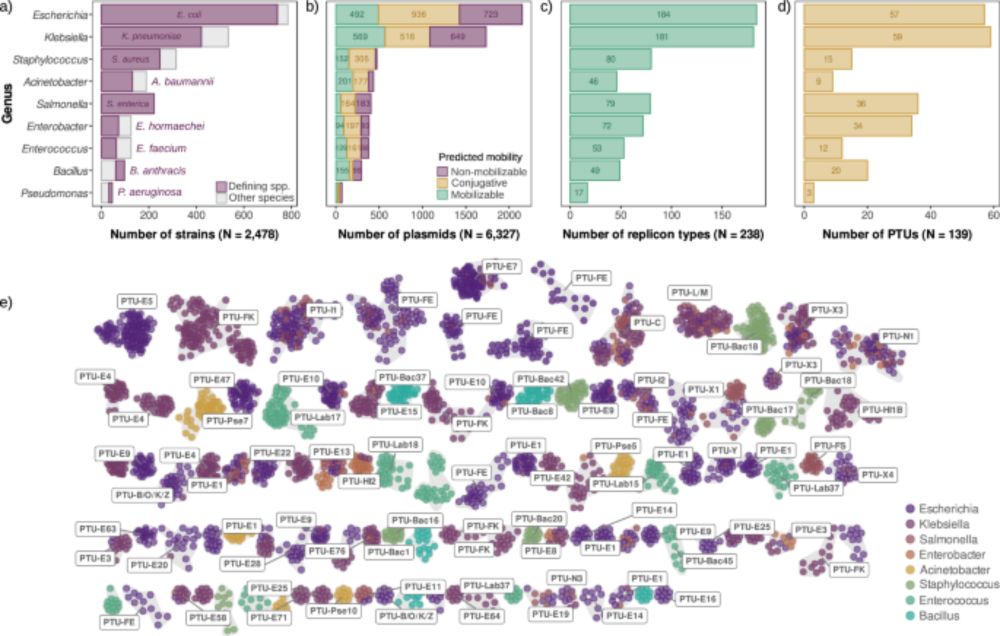
doi.org/10.1038/s414...
We analyzed thousands of diverse bacterial plasmids to shed light for the first time on a key aspect of plasmid biology: plasmid copy number. 1/7 👇
@microryc.bsky.social @esgem-sg.bsky.social
@microryc.bsky.social @esgem-sg.bsky.social
Plasmid copy number ≈ 2.5% of chromosome size—consistent across bacterial species!
pmc.ncbi.nlm.nih.gov/articles/PMC... @jerorb.bsky.social
🧪 #microbesky

Plasmid copy number ≈ 2.5% of chromosome size—consistent across bacterial species!
pmc.ncbi.nlm.nih.gov/articles/PMC... @jerorb.bsky.social
🧪 #microbesky

Plasmids are associated with very variable fitness costs in their different bacterial hosts. But, what is the contribution of each of the plasmid-genes in these host-specific effects? Study led by
@jorgesastred.bsky.social, @sanmillan.bsky.social and myself! 1/14
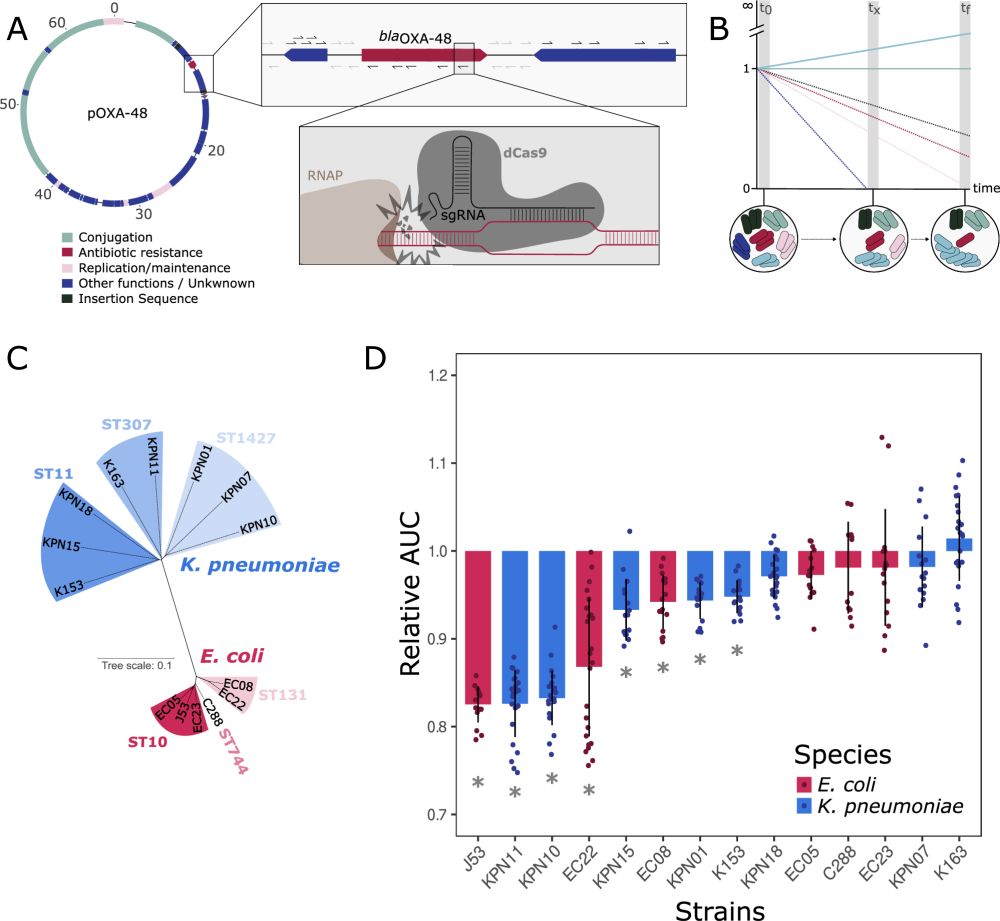
Plasmids are associated with very variable fitness costs in their different bacterial hosts. But, what is the contribution of each of the plasmid-genes in these host-specific effects? Study led by
@jorgesastred.bsky.social, @sanmillan.bsky.social and myself! 1/14
Plasmids ✅
Insertion Sequences ✅
AMR Evolution ✅
Microbial Communities ✅
Databases analyses ✅
Mathematical modeling ✅
See the scientific thread below of Jorge Sastre, who has brilliantly led this work with @palomarodera.bsky.social
Plasmids promote antimicrobial resistance through Insertion Sequence-mediated gene inactivation.
Combining experimental and computational approaches, we unveil how two of the most prevalent bacterial MGE accelerate the evolution of AMR. 🧵👇🏻
www.biorxiv.org/content/10.1...

Plasmids ✅
Insertion Sequences ✅
AMR Evolution ✅
Microbial Communities ✅
Databases analyses ✅
Mathematical modeling ✅
See the scientific thread below of Jorge Sastre, who has brilliantly led this work with @palomarodera.bsky.social
Plasmids promote antimicrobial resistance through Insertion Sequence-mediated gene inactivation.
Combining experimental and computational approaches, we unveil how two of the most prevalent bacterial MGE accelerate the evolution of AMR. 🧵👇🏻
www.biorxiv.org/content/10.1...

Plasmids promote antimicrobial resistance through Insertion Sequence-mediated gene inactivation.
Combining experimental and computational approaches, we unveil how two of the most prevalent bacterial MGE accelerate the evolution of AMR. 🧵👇🏻
www.biorxiv.org/content/10.1...
Excludons are pairs of overlapping genes that block each other’s expression (basically, reverse operons).
We built a tool to identify them in bacterial genomes using transcriptomic data, in an awesome collab led by Iñigo Lasa and Álvaro San Martín.
👇
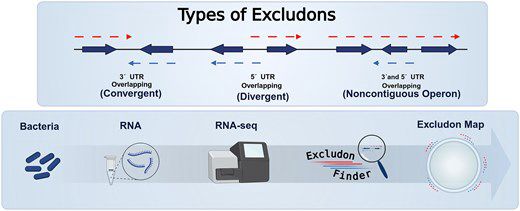
Excludons are pairs of overlapping genes that block each other’s expression (basically, reverse operons).
We built a tool to identify them in bacterial genomes using transcriptomic data, in an awesome collab led by Iñigo Lasa and Álvaro San Martín.
👇
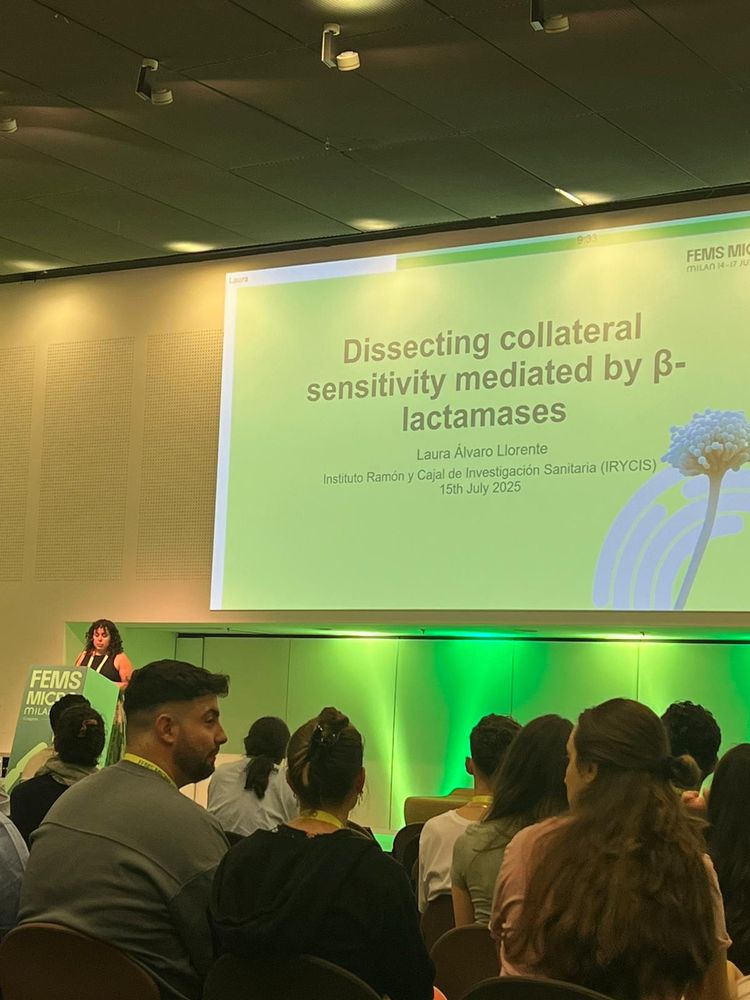

In our new paper, we tackled this question using theory, simulations, bioinformatics, and experiments!
👇 Check out all the details in Paula’s thread!
Hint: 🐇 (most of the time)
In our new paper, we tackled this question using theory, simulations, bioinformatics, and experiments!
👇 Check out all the details in Paula’s thread!
Hint: 🐇 (most of the time)
Plasmids promote bacterial evolution through a copy number-driven increase in mutation rate.
We combine theory, simulations, experimental evolution, and bioinformatics to demonstrate that mutation rates scale with plasmid copy number.
Let's dive in! 🧵👇

Plasmids promote bacterial evolution through a copy number-driven increase in mutation rate.
We combine theory, simulations, experimental evolution, and bioinformatics to demonstrate that mutation rates scale with plasmid copy number.
Let's dive in! 🧵👇

Plasmids promote bacterial evolution through a copy number-driven increase in mutation rate.
We combine theory, simulations, experimental evolution, and bioinformatics to demonstrate that mutation rates scale with plasmid copy number.
Let's dive in! 🧵👇
Come for the first large-scale analysis of plasmid copy number across species,
stay for one of the most intriguing results of my lab: universal scaling laws in plasmid biology! 📈🧬
👉 www.nature.com/articles/s41...
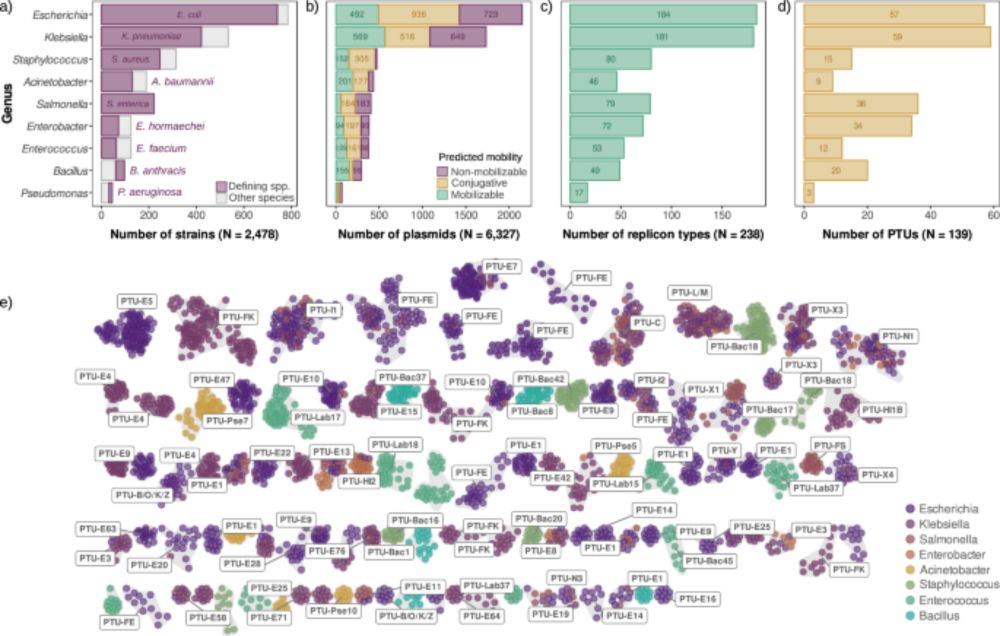
Science is better when you work with such a stellar team!🚀✨
@femsmicro.org

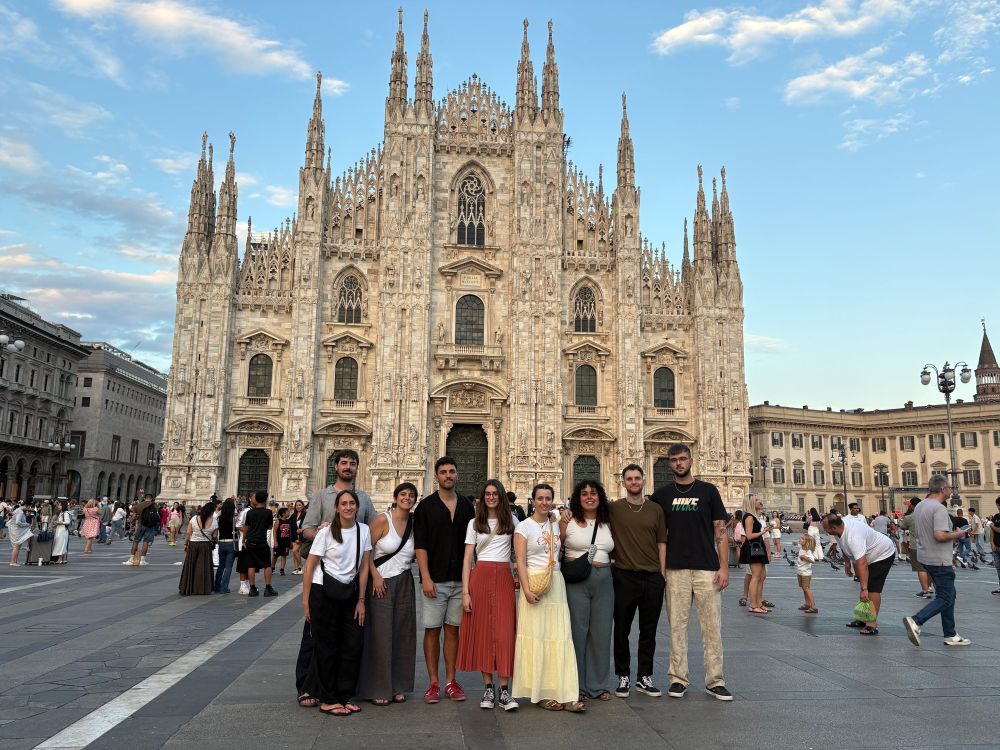
Science is better when you work with such a stellar team!🚀✨
@femsmicro.org
What a day!
www.youtube.com/watch?v=oSQP...
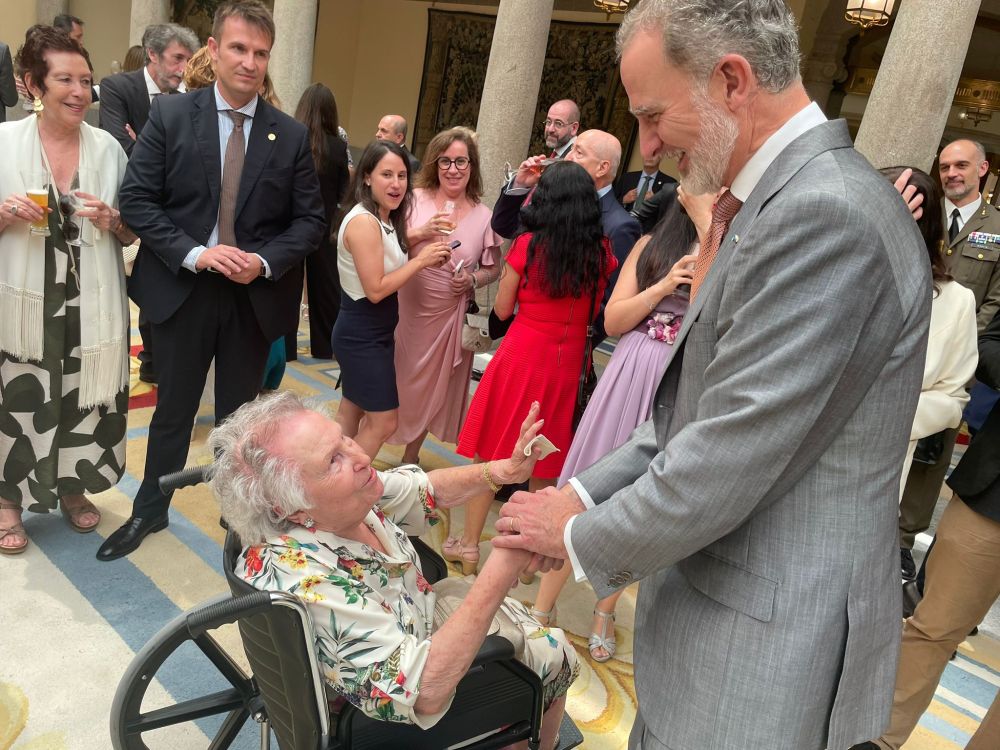
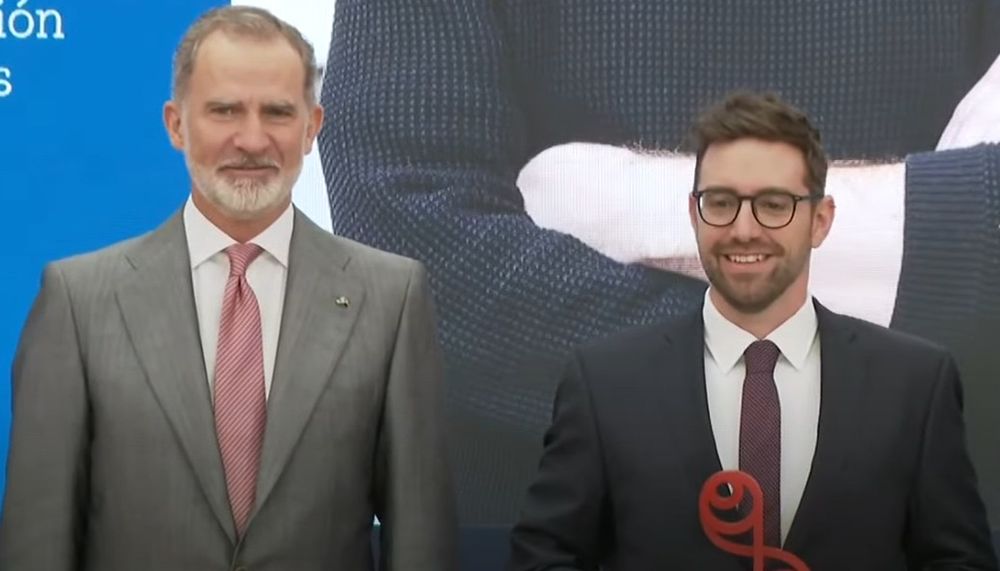
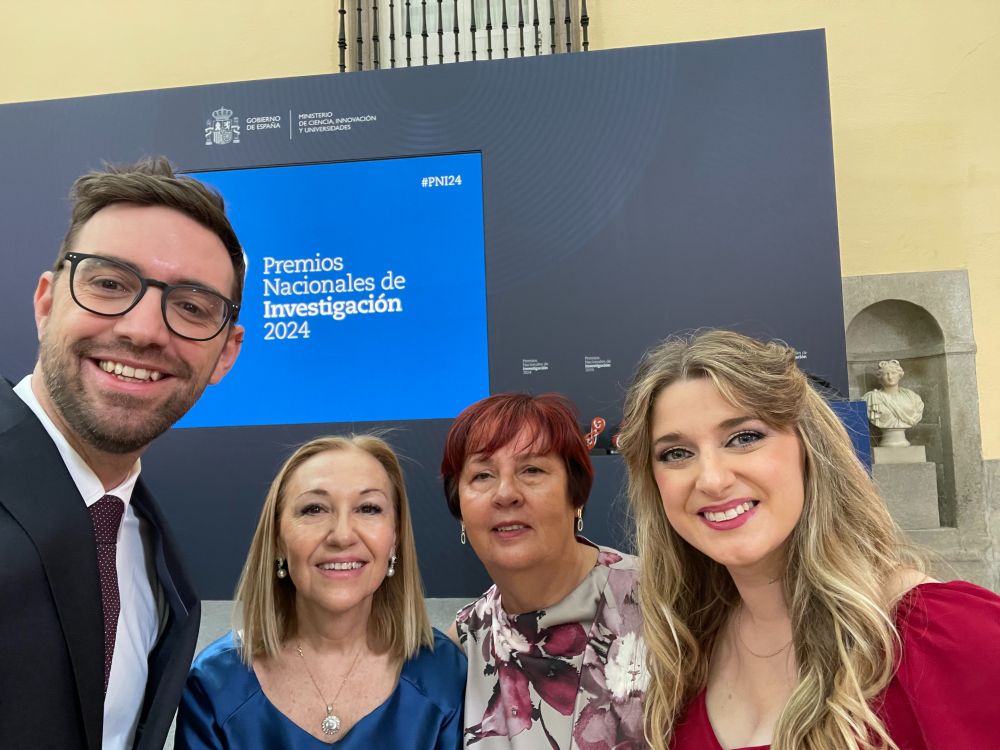
What a day!
www.youtube.com/watch?v=oSQP...
doi.org/10.1038/s414...
We analyzed thousands of diverse bacterial plasmids to shed light for the first time on a key aspect of plasmid biology: plasmid copy number. 1/7 👇

Come for the first large-scale analysis of plasmid copy number across species,
stay for one of the most intriguing results of my lab: universal scaling laws in plasmid biology! 📈🧬
👉 www.nature.com/articles/s41...

Come for the first large-scale analysis of plasmid copy number across species,
stay for one of the most intriguing results of my lab: universal scaling laws in plasmid biology! 📈🧬
👉 www.nature.com/articles/s41...

Come for the first large-scale analysis of plasmid copy number across species,
stay for one of the most intriguing results of my lab: universal scaling laws in plasmid biology! 📈🧬
👉 www.nature.com/articles/s41...
doi.org/10.1038/s414...
We analyzed thousands of diverse bacterial plasmids to shed light for the first time on a key aspect of plasmid biology: plasmid copy number. 1/7 👇

doi.org/10.1038/s414...
We analyzed thousands of diverse bacterial plasmids to shed light for the first time on a key aspect of plasmid biology: plasmid copy number. 1/7 👇
@tmcoque.bsky.social @microbiotech.bsky.social
enviromicro-journals.onlinelibrary.wiley.com/doi/10.1111/...

@tmcoque.bsky.social @microbiotech.bsky.social
enviromicro-journals.onlinelibrary.wiley.com/doi/10.1111/...
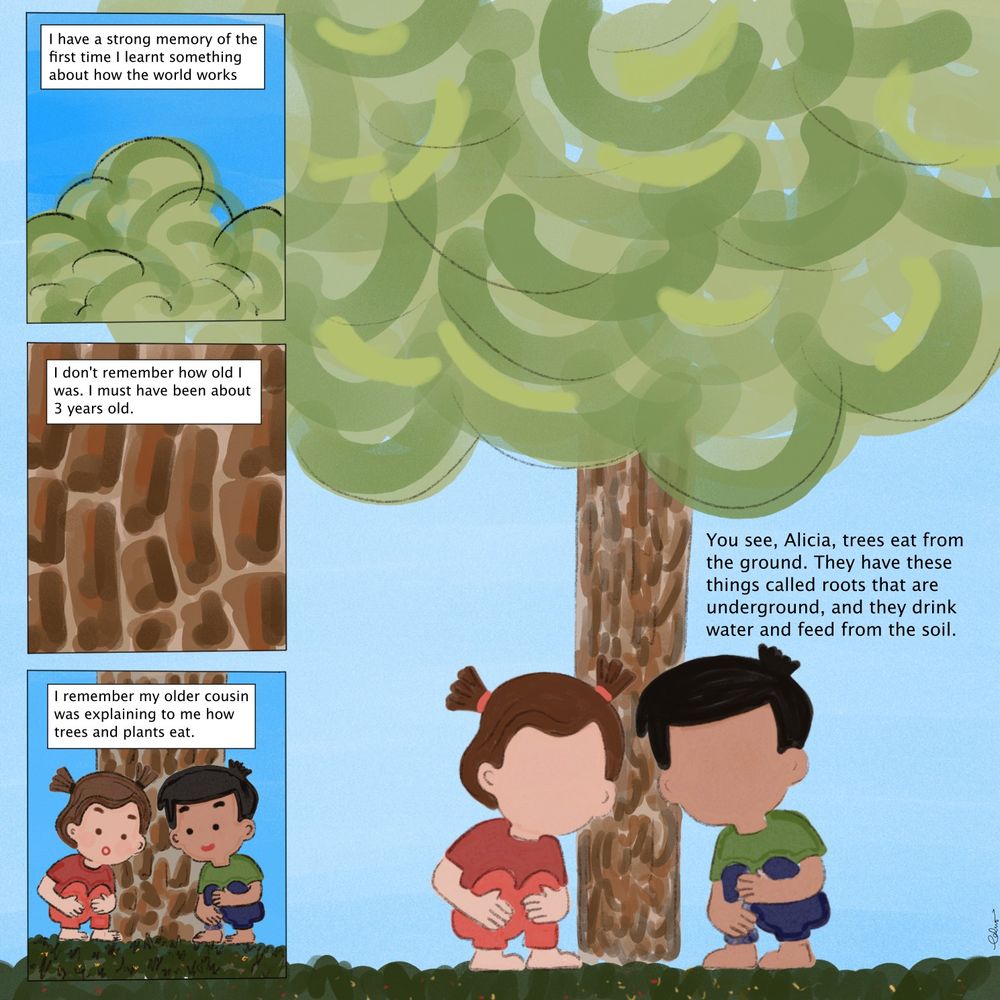
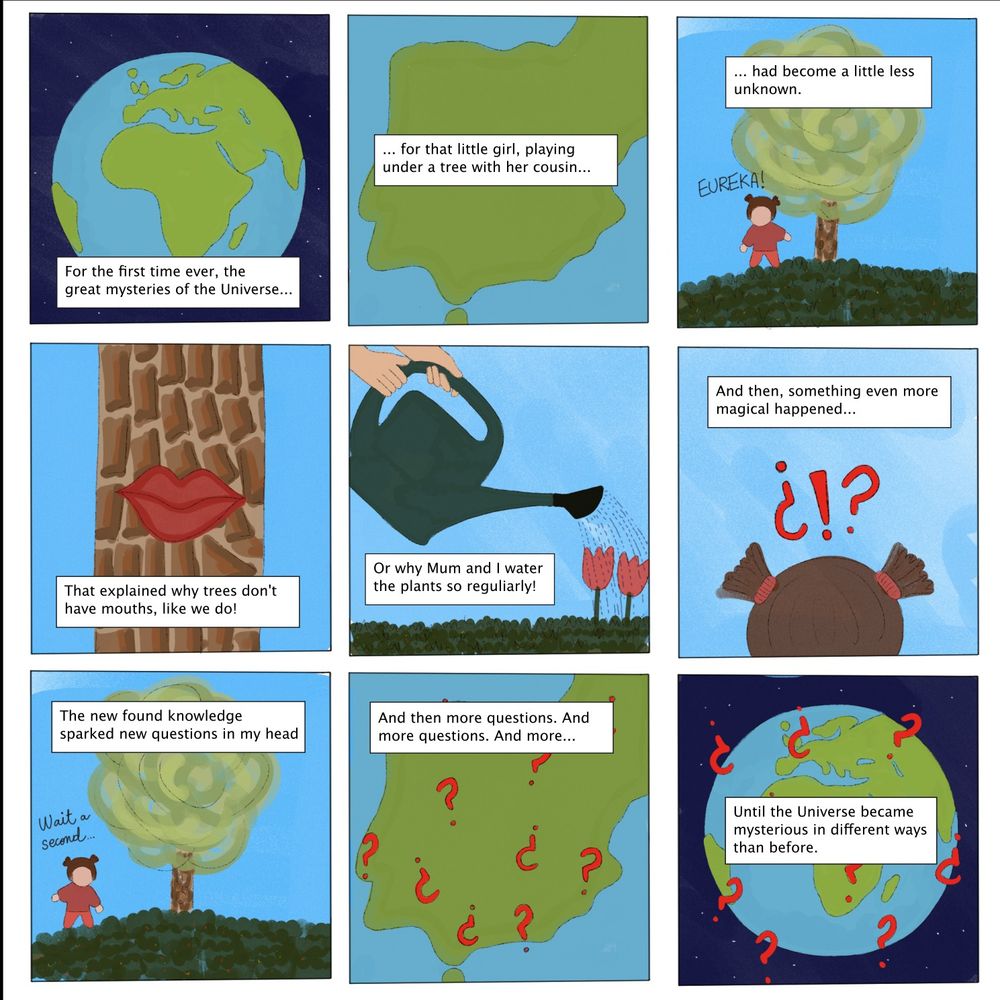
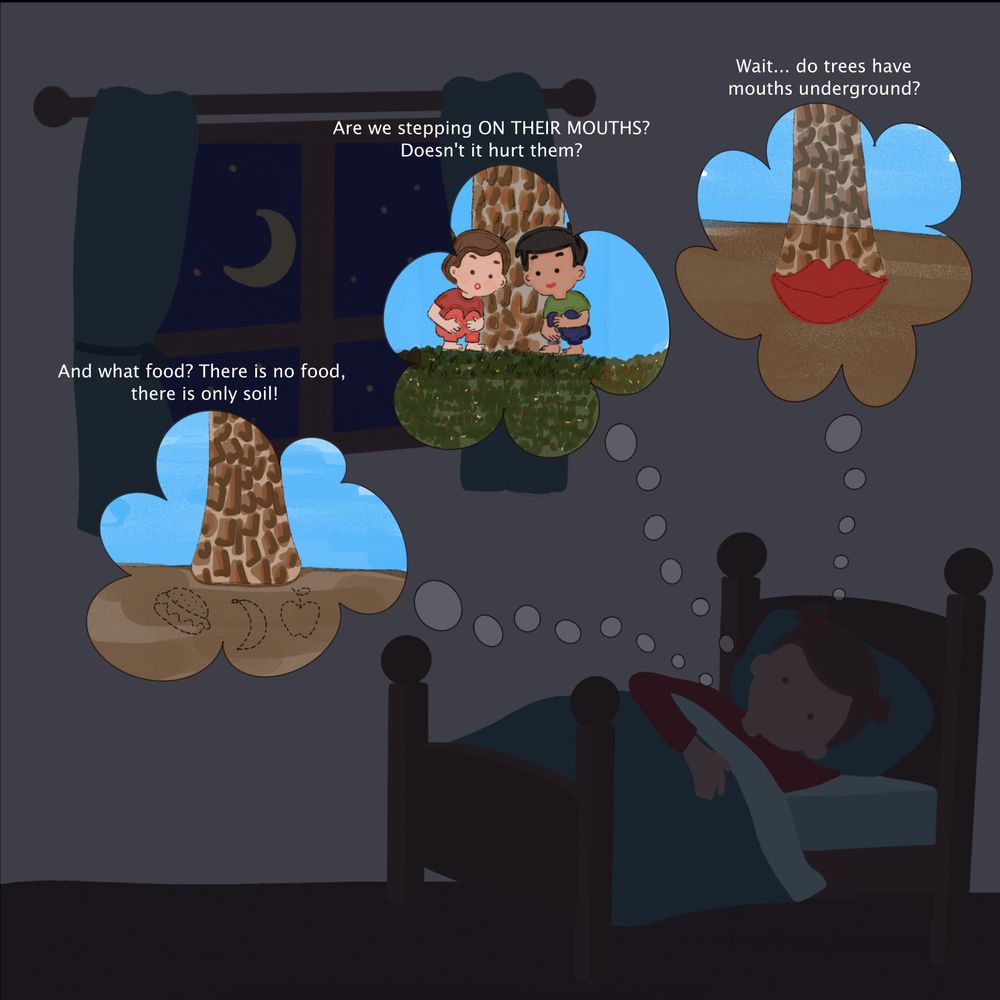
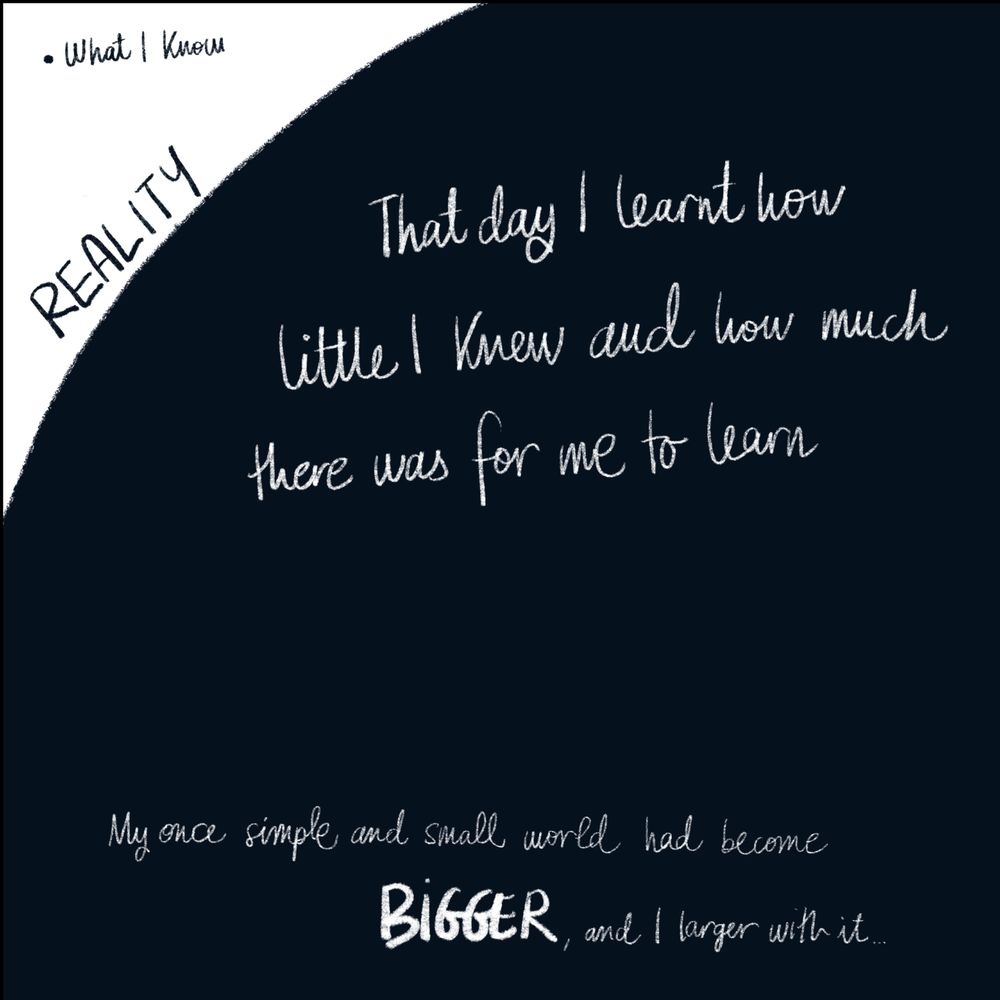
Also, I've just put up a super simple (and free) to use APP to streamline experiment design and result analysis of 96 (or 384) wells plate experiments for my lab pals.
You can try it here: rosettier.streamlit.app
Feedback is very welcome 😁!

Also, I've just put up a super simple (and free) to use APP to streamline experiment design and result analysis of 96 (or 384) wells plate experiments for my lab pals.
You can try it here: rosettier.streamlit.app
Feedback is very welcome 😁!
Really proud to share it with my colleagues, friends and family!!



Really proud to share it with my colleagues, friends and family!!

